If you’ve been to the gym, then there’s no doubt you’ve seen someone deadlifting.
Whether they were grunting through a set or shaking from their invisible struggle against the weight plate, odds are you (or your neighbors) have probably asked yourself: what muscles do deadlifts work?
Don’t worry – we understand it can be intimidating; after all, most of us didn’t take anatomy in school and reading about hamstrings sounds boring!
But luckily for those of us who want to learn more about this classic exercise but don’t know where to begin, we have answers – let’s break down exactly which muscles get worked during those painful sets!
How To Deadlift
Deadlift is a highly effective compound exercise for building strength and adding mass to your lower body, upper body, and back muscles.
It involves lifting a barbell from the floor to a standing position, and with proper form, it minimizes the risk of injury while boosting overall muscle activation.
Here are step-by-step instructions on how to perform a deadlift:
Step 1: Set Up Properly

Place the barbell on the ground with your feet shoulder-width apart, and stand with your shins touching the bar.
Ensure that your feet are pointing straight ahead and the bar is over the middle of your feet.
Take an overhand grip on the bar with your hands shoulder-width apart, keep your arms straight, and lower your hips to get in a starting position.
Your shoulders should be above the bar while your back and legs remain straight.
Step 2: Lift the Bar
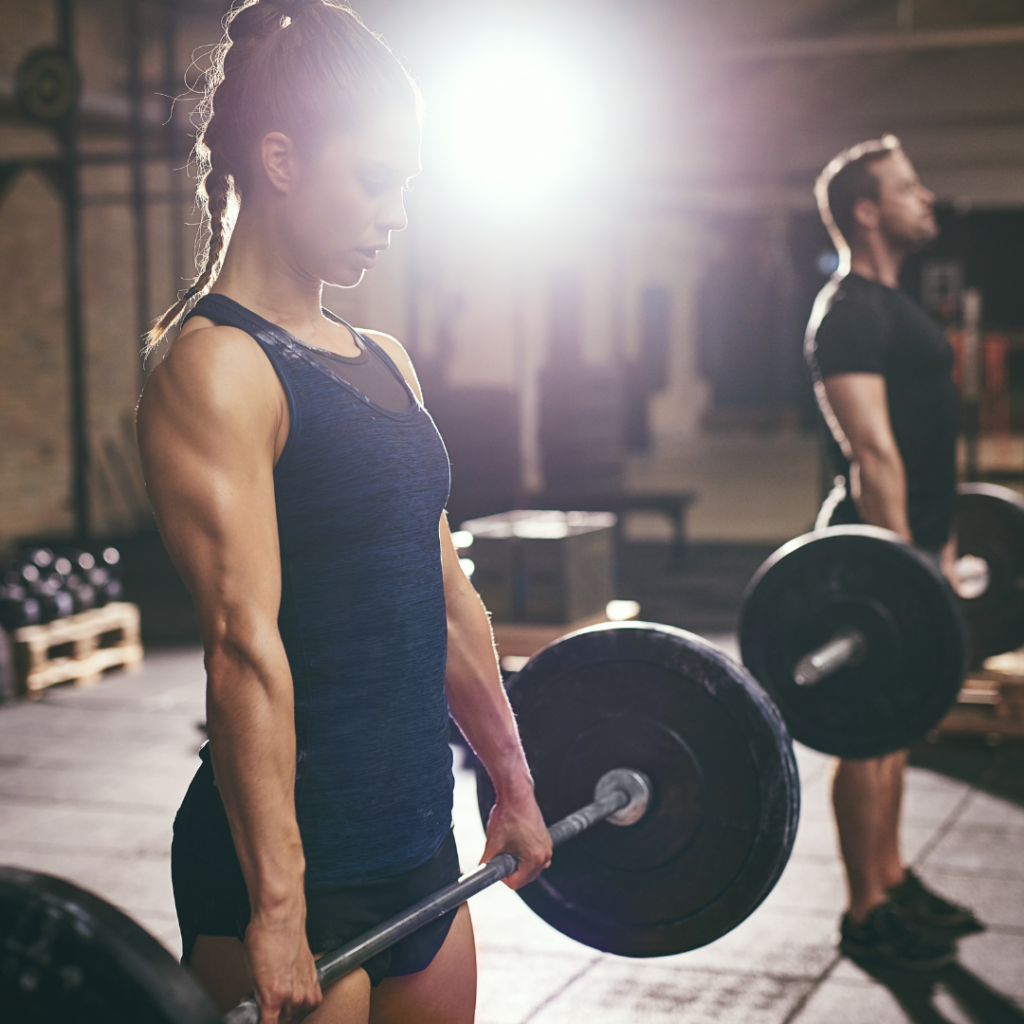
Inhale deeply and brace your core, then simultaneously extend your hips and knees while pulling the bar as close to your body as possible. Keep your back flat and your chest up throughout the lift.
As the bar passes your knees, drive your hips forward explosively and bring your shoulders back, finishing in a standing position.
Step 3: Lower the Bar
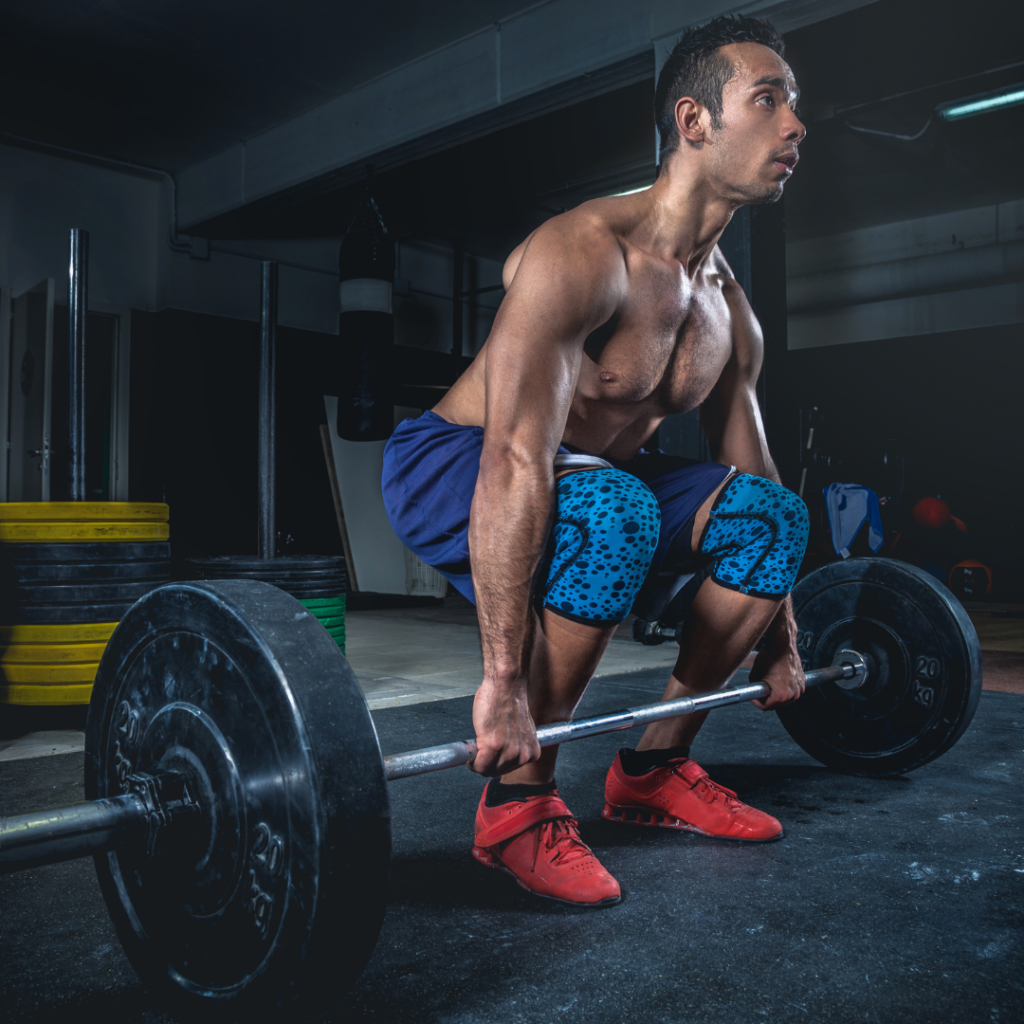
Exhale and reverse the movement by bending your hips and knees and lowering the bar to the ground with control.
Lower the bar to the ground in the same path it came up, ensuring it doesn’t bounce or crash on the floor.
Other Tips to Consider
- Keep your neck in a neutral position and look straight ahead during the lift.
- Use a weight that’s comfortable to lift, avoid going too heavy too soon.
- Warm up your muscles with light weights or dynamic exercises before attempting the deadlift.
- Maintain proper form throughout the lift, push your hips back and keep your back straight.
- Avoid rounding your back or jerking the weight, especially when lifting heavy.
- Keep the bar close to your body throughout the lift to minimize stress on your lower back.
So What Muscles Do Deadlifts Work?

Deadlifts are a fundamental strength training exercise that targets a wide range of muscles in your body, including your lower back, glutes, hamstrings, and quadriceps.
Additionally, deadlifts also stimulate your traps, core, forearms, and grip.
Scientifically speaking, the deadlift is a multi-joint compound exercise that involves the recruitment of several different muscle groups that work together to generate force and move heavy loads.
Here’s a more detailed look at the muscles involved in deadlifts:
Lower back muscles
The erector spinae muscle group is responsible for keeping your spine stable and upright during the deadlift.
These muscles work in synergy with muscles in your hips and legs to lift the weight off the ground.
Glutes
Your glutes are the largest muscles in your body and are responsible for hip extension, which is a key movement pattern in the deadlift.
By firing your glutes, you activate your posterior chain, which allows you to generate more force and lift heavier weights.
Hamstrings
The hamstrings are located on the back of your thighs and are responsible for bending your knees and extending your hips.
During the deadlift, your hamstrings work in conjunction with your glutes to power the upward movement of the weight.
Quadriceps
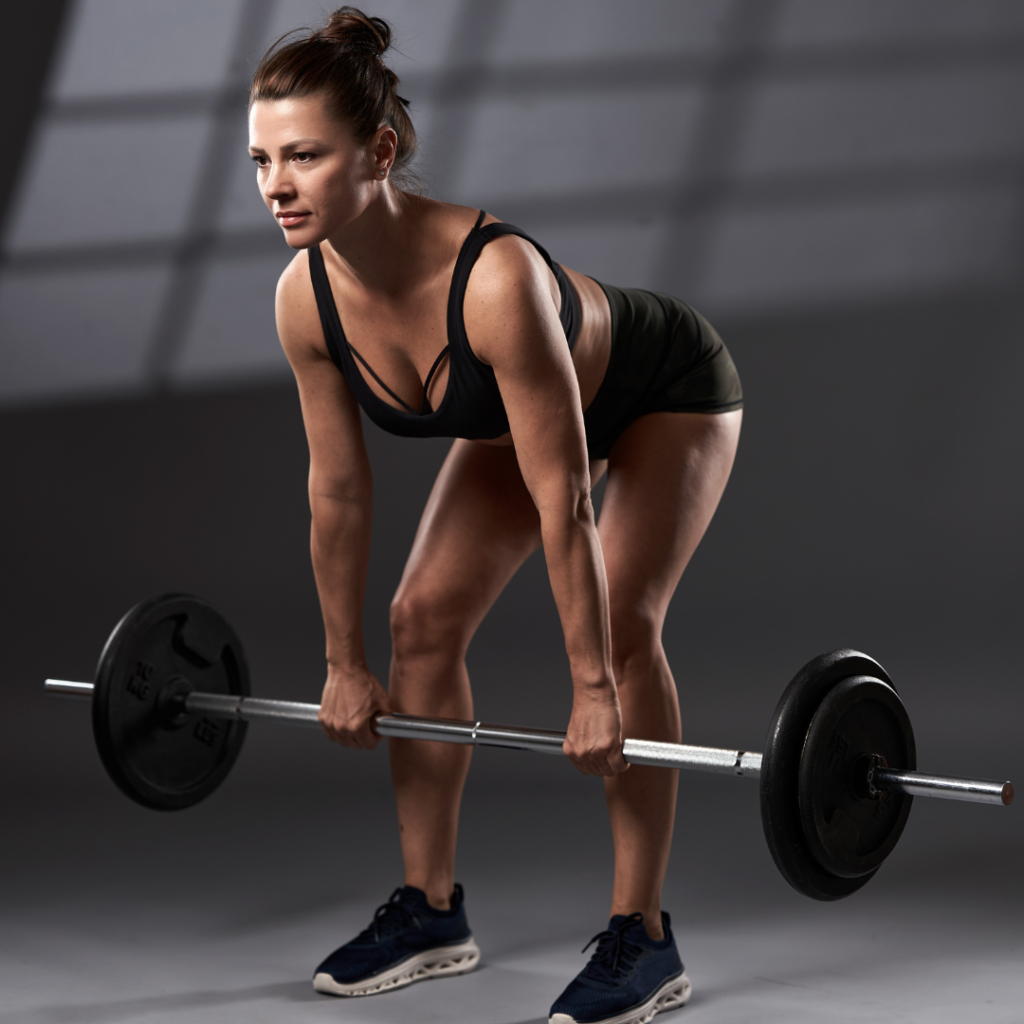
As you lift the weight off the ground, your quadriceps contract to extend your knees and keep your legs straight.
The quads also support your lower back and maintain a stable posture throughout the lift.
Traps
The trapezius muscles are located in your upper back and play a crucial role in keeping your spine stable during the deadlift.
By retracting your shoulder blades and engaging your traps, you can maintain proper technique and prevent injury.
Core
Finally, your core muscles, including your rectus abdominis, obliques, and transverse abdominis, work together to stabilize your spine and prevent excessive spinal flexion or extension.
A strong core is essential for maintaining good form and preventing injury during deadlifts.
Benefits of Deadlifting
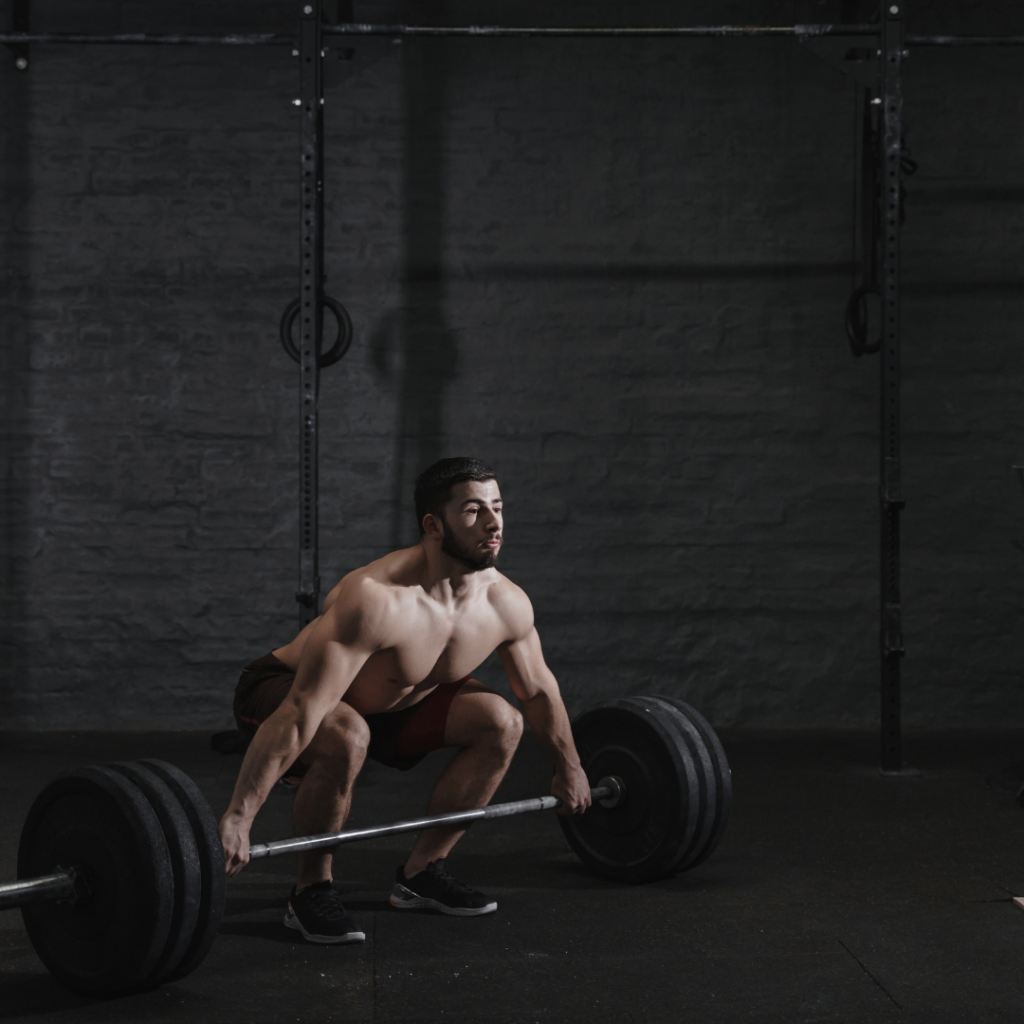
Deadlifting is more than just lifting weights – it is a full-body exercise that offers numerous health benefits.
Not only does it strengthen your muscles, but it also promotes better balance, flexibility, and posture.
Here are some of the key benefits of deadlifting:
Builds overall strength
Deadlifting engages multiple muscle groups, including the glutes, hamstrings, quads, lower back, and upper back.
This full-body workout helps to build overall strength and improve your body’s ability to handle heavy loads.
Boosts endurance and power
Deadlifting is a compound exercise that requires a lot of power and endurance to perform.
By working these muscle groups together, you can improve your overall fitness, increase your cardiovascular endurance, and enhance your explosive power.
Improves posture and balance
Deadlifting requires proper form and technique, which engages your core muscles and promotes better posture and balance.
As you lift the weight, you must maintain a neutral spine and keep your shoulders back, which can help to alleviate back pain and reduce the risk of injury.
Increases bone density
Deadlifting is a weight-bearing exercise, which means it puts stress on your bones and stimulates the production of new bone tissue.
This makes it a great exercise for preventing or slowing down the development of osteoporosis, a condition in which bones become weak and brittle due to loss of bone density.
Burns more calories
Deadlifting is a high-intensity exercise that burns more calories than many other strength-training exercises.
By incorporating deadlifts into your workout routine, you can increase your metabolism and burn more fat, leading to a leaner and more toned physique.
Deadlift Variations
There are many variations of the deadlift, each with its own unique benefits and challenges.
Some of the most popular deadlift variations include:
1. Conventional Deadlift
This is the most common type of deadlift where the lifter stands with feet shoulder-width apart, and grips the barbell with the hands outside of the legs.
The movement involves lifting the barbell from the floor while keeping the back straight and the core engaged.
2. Sumo Deadlift
In this variation, the lifter stands with feet wider than shoulder-width apart and grasps the barbell with the hands inside of the legs.
The goal is to maintain a more upright posture, using the legs to drive the lift.
3. Romanian Deadlift
Also known as RDL, this variation requires the lifter to start with the barbell at hip level and hinge at the hips to lower the weight towards the floor.
This exercise targets the hamstrings and glutes more than the conventional deadlift.
4. Trap Bar/ Hex Bar Deadlift
This type of deadlift is performed using a specialized trap bar that allows the lifter to stand inside the bar while lifting.
This enables a more natural and comfortable grip and may be easier for those with limited mobility or flexibility.
5. Deficit Deadlift
This variation involves standing on a raised platform, such as a stack of plates or boxes, while performing a conventional deadlift.
This increases the range of motion and engagement of the leg muscles.
6. Single-Leg Deadlift
As the name suggests, this variation is performed on one leg at a time.
It requires more balance and stability than other deadlift variations and targets the glutes and hamstrings effectively.
Deadlift Workout
If you are looking to get started with your deadlift workout, here is a simple but effective routine that you can follow.
Warm-up
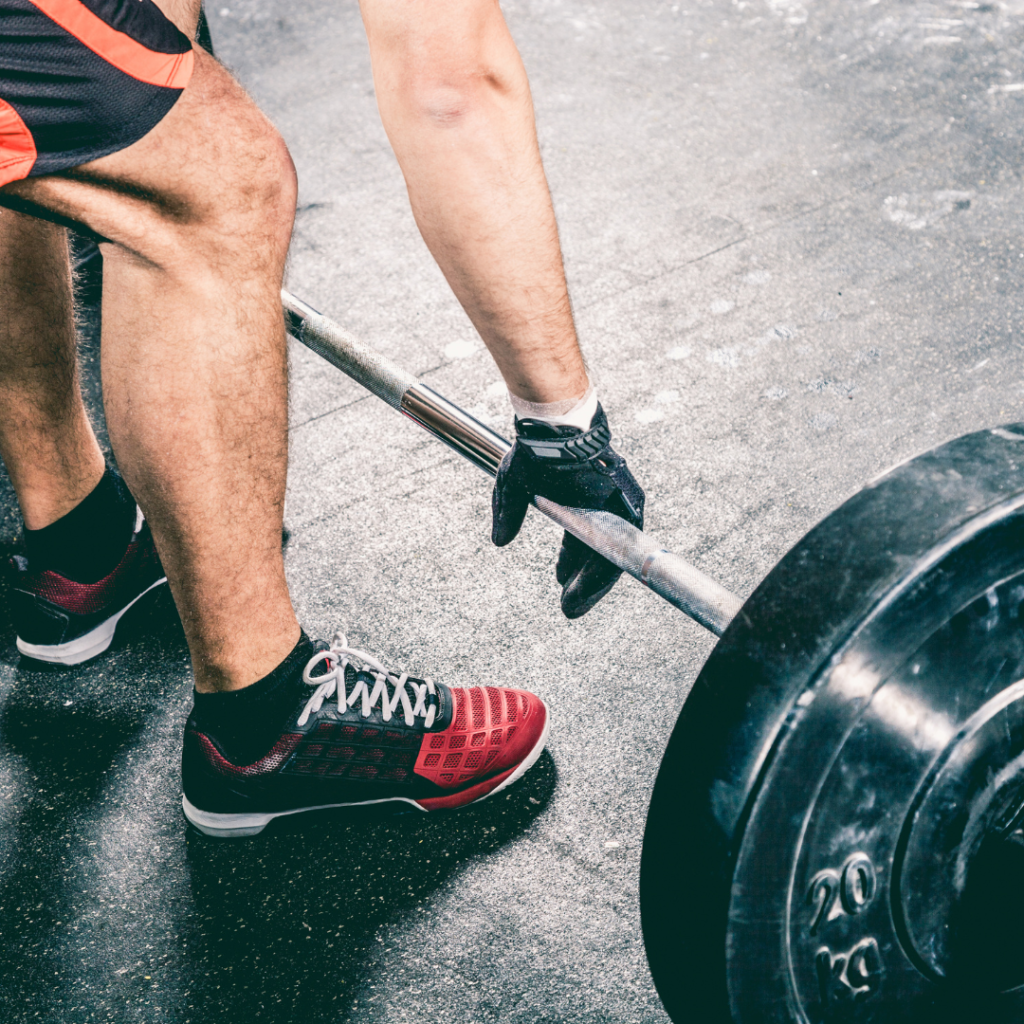
Before you start lifting heavy weights, it is essential to warm up your body to prevent any risk of injury.
You can start with a few minutes of cardio, such as jumping jacks, running on the spot, or skipping rope.
This will get your blood flowing and your muscles activated.
Stretching is also an essential part of your warm-up routine.
You should focus on stretching your hamstrings, glutes, and lower back, as these are the areas that you will be targeting during your deadlifts.
Workout
For your deadlift workout, you will need a barbell and some weights.
Here are the steps that you should follow:
1. Start with two sets of 10-12 reps of barbell deadlifts with light weights.
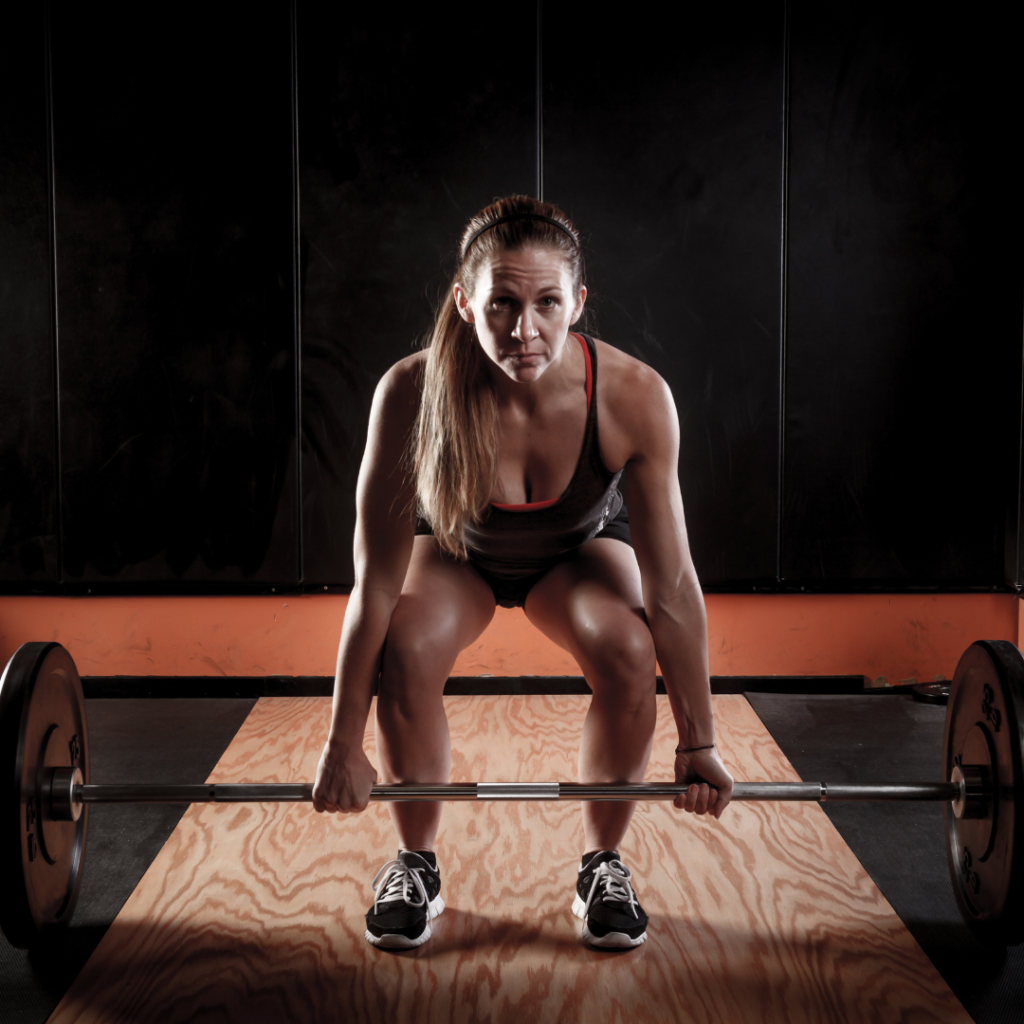
Make sure that you are using proper form, with your feet hip-width apart and your knees slightly bent.
Keep your core engaged and your back straight as you lift the barbell.
2. Increase the weight and do three sets of 8-10 reps of deadlifts.
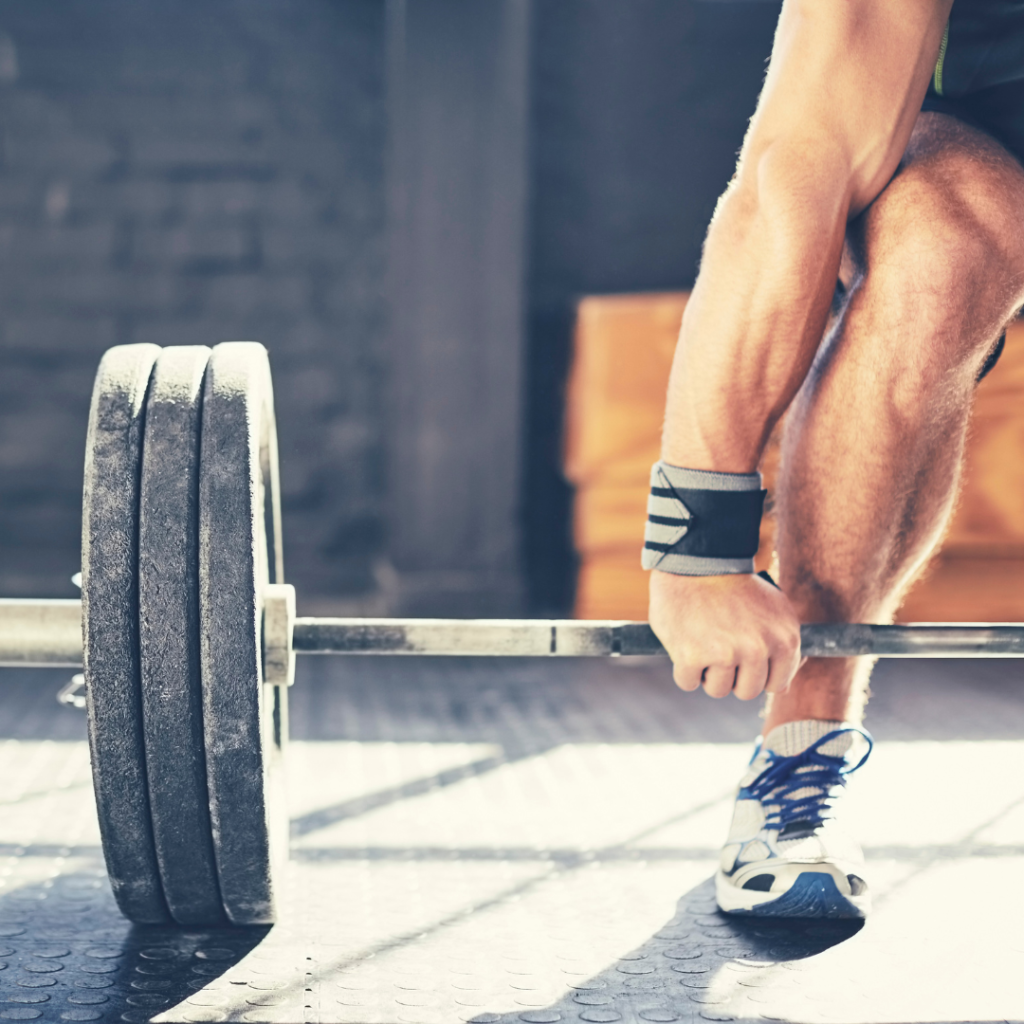
Rest for one minute in between sets.
Focus on maintaining your form and lifting with your legs rather than your back.
3. Next, do three sets of 8-10 reps of Romanian deadlifts.
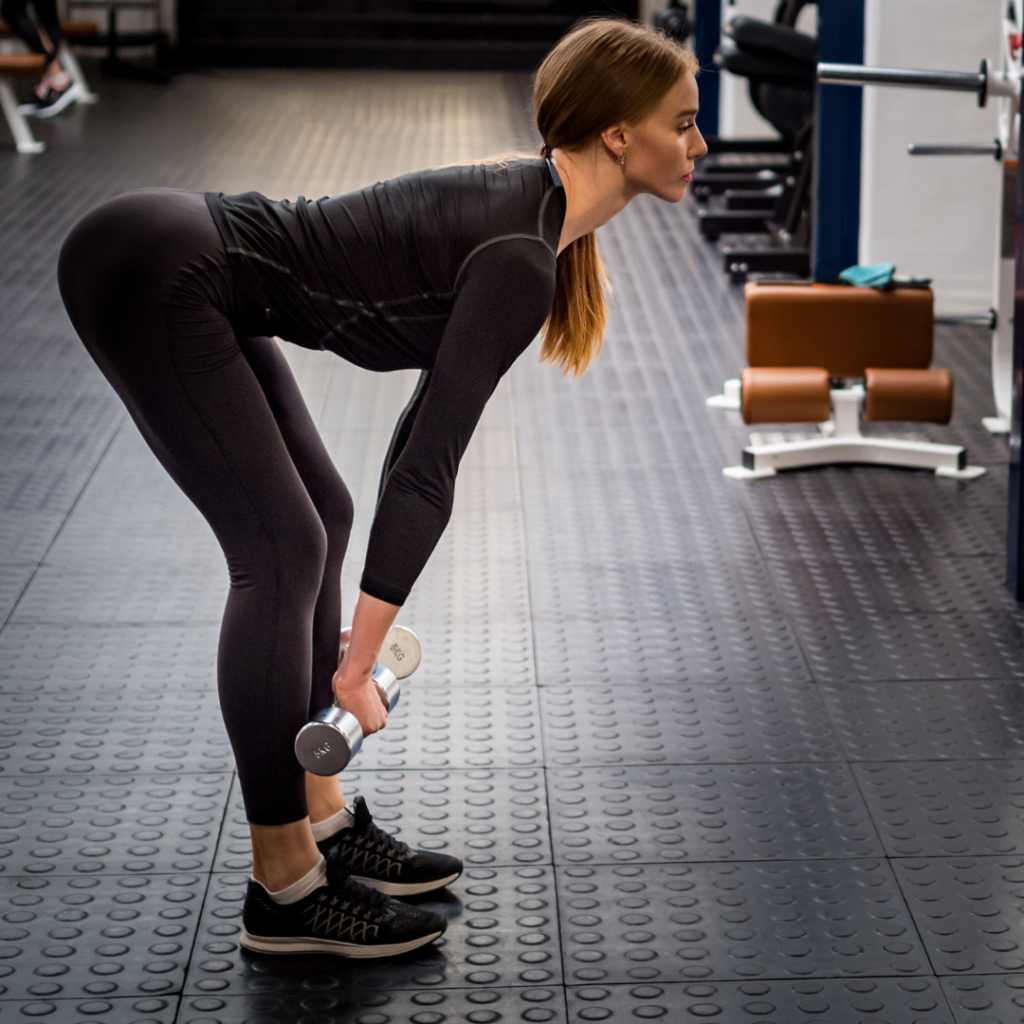
This exercise targets your glutes and hamstrings.
Stand with your feet hip-width apart and slightly bend your knees.
Hold the bar in front of your thighs and bend at your waist, keeping your back straight.
Lift the bar up by straightening your hips and extending your legs.
4. Finish with two sets of 10-12 reps of sumo deadlifts.
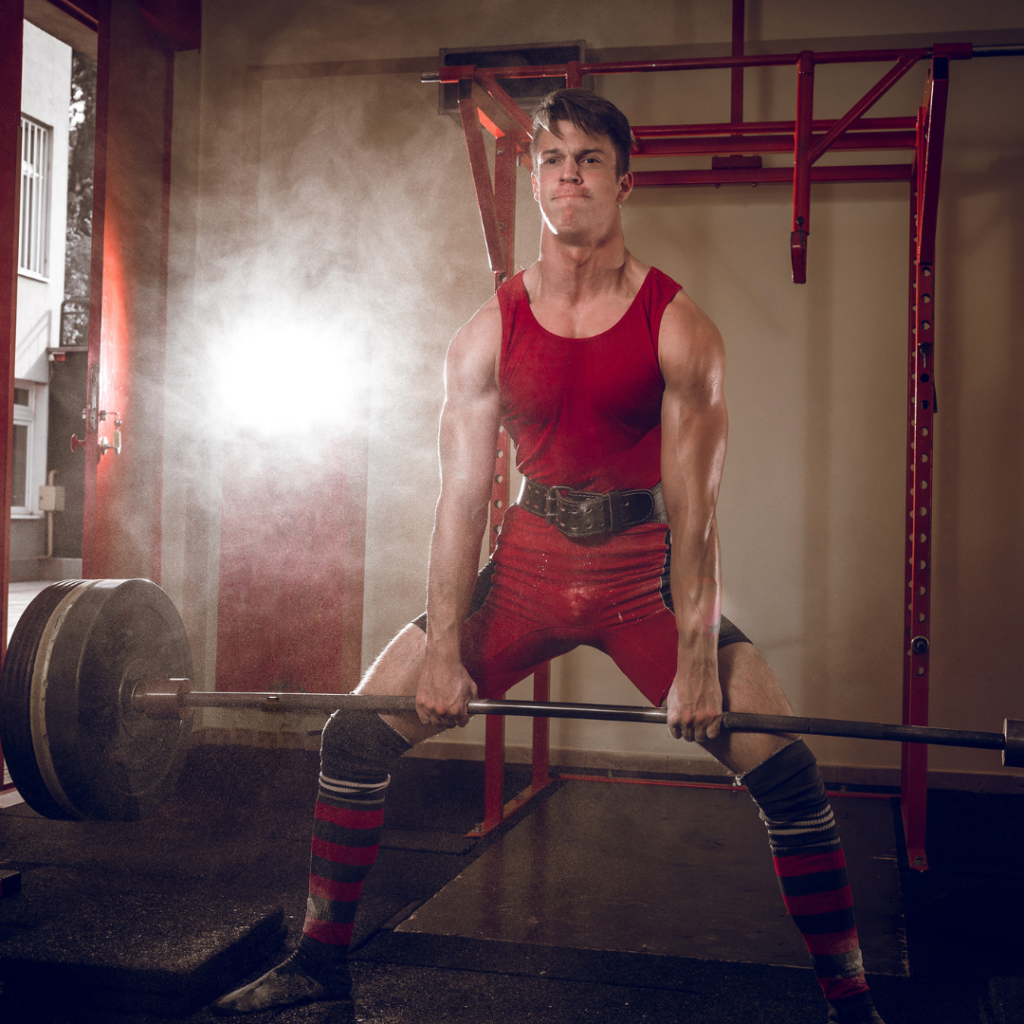
This variation works your inner thighs and glutes.
Stand with your feet wider than hip-width apart, with your toes pointing outwards.
Bend your knees and grasp the bar with an overhand grip.
Keep your back straight as you lift the bar.
Cool-down
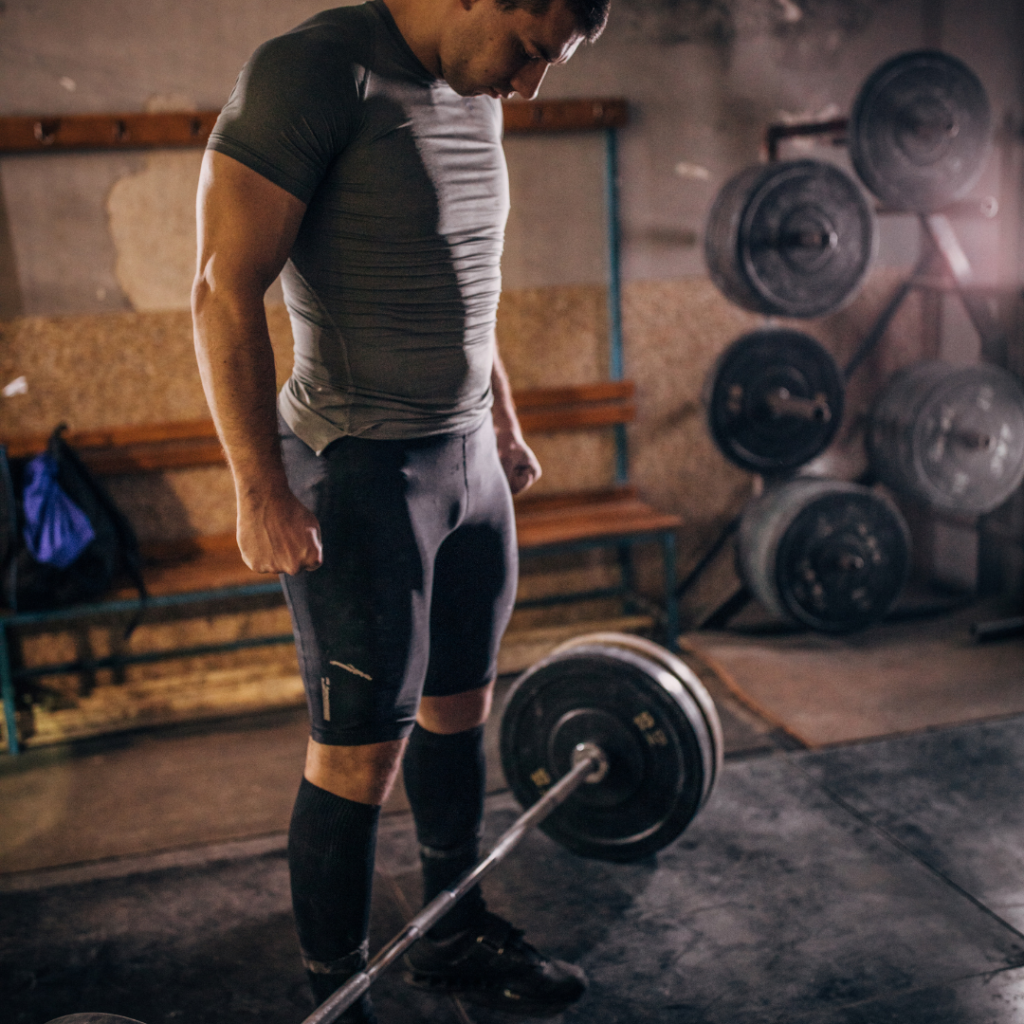
After your workout, it’s important to give your body time to cool down.
You can do some light stretching to prevent any soreness or tightness in your muscles.
You can also try foam rolling to loosen any knots in your muscles.
Frequently Asked Questions
Are deadlifts better than squats?
It depends on what your individual goals are.
Squats target your quads and glutes, while deadlifts work your back, hamstrings, and glutes.
If you’re looking for overall muscle-building, then both exercises should be included in your workout routine.
Do deadlifts actually build muscle?
Yes, deadlifts are an effective way to build muscle.
It is one of the best compound exercises for building strength and size in your back, hamstrings, glutes, and quads.
Plus, it engages many different muscles at once – what’s not to like?
What are deadlifts good for?
Deadlifts are excellent for building strength and muscle, improving your posture and balance, and increasing your core stability.
They can also help increase your power and explosiveness, making them great for athletes looking to improve their performance.
Plus, they can be modified to target other muscles as well.
Are deadlifts for back or legs?
Deadlifts target many different muscles, including your back, hamstrings, glutes, and quads.
They are a great exercise for building overall strength and muscle in your lower body.
Plus, they can be modified to focus on different areas if you want to specifically target certain muscles.
